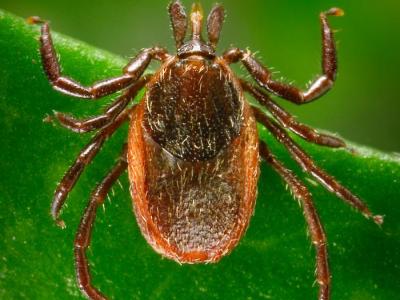Feb 3, 2012 (CIDRAP News) – Flu activity in many Northern Hemisphere countries continued its late-season rise last week, with areas such as the United States, Canada, and Europe reporting steady increases.
Though flu activity overall is low, notable increases are occurring in North America, western Europe, and northern China, the World Health Organization (WHO) said today.
Overall, the H3N2 seasonal flu virus is dominating, though influenza B is the dominant strain in China, while Mexico is seeing mostly the 2009 H1N1 virus. Mexico's health ministry told the WHO that the flu situation is similar to previous influenza seasons, with no signs that the virus patterns have changes.
The WHO also noted that Colombia in northern South America and some states in the southern United States are reporting predominantly 2009 H1N1.
Temperate parts of Asia, northern China, South Korea, and Japan all reported increasing flu activity, while tropical Asian countries reported low activity, with influenza B circulating in some locations. India is reporting low levels, and southern China is reporting rising influenza B detections, according to the WHO.
Though globally nearly all influenza A viruses are closely related to the viruses in the seasonal flu vaccine, about half of the influenza B viruses that have been characterized are the Yamagata lineage, which is not included in this season's vaccine.
Weekly flu updates from the United States and the European Union reported similar findings, and have emphasized that the reports are based on small numbers of samples.
So far the WHO has seen only very low levels of oseltamivir (Tamiflu) resistance, which has not surpassed levels detected in past seasons.
In the United States, flu activity increased again slightly but is still relatively low, the Centers for Disease Control and Prevention (CDC) said today. Doctors' visits for flulike illness remained below the national baseline, but the percentage of respiratory specimens testing positive for flu rose from 5.6% the previous week to 7.2%.
The number of deaths from pneumonia and flu dipped below the epidemic threshold last week, after exceeding it for the first time this flu season during the previous week. No pediatric flu deaths were reported, keeping the total so far this year at one.
Though flu activity is still low, the CDC is seeing regional variations. For example, very few (1.4%) specimens in the mid Atlantic region tested positive for flu last week, while 17.4% of specimens in the Midwest showed evidence of influenza. The CDC also said it is seeing regional differences in the types of flu strains that are circulating. The 2009 H1N1 virus has become the dominant strain in the south central region of the country and is steadily increasing in southwestern states.
Six states reported regional geographic spread of flu, and 13 states reported local spread. The numbers increased in each category by 2 and 5, respectively.
The WHO reported that Canada's flu levels are increasing, with doctors' visits for flulike illness increasing slightly, with the proportion of samples testing positive rising slightly. Though H3N2 is the dominant strain in Canada, the virus types and subtypes have varied by age: The 2009 H1N1 virus has accounted for higher percentages of infections in children younger than 5 but has infected fewer seniors.
Meanwhile, the European Centre for Disease Prevention and Control (ECDC) said today that flu activity was widespread last week in four countries: Bulgaria, Iceland, Italy, and Spain. The agency said Romania and Sweden recently passed their epidemic flu threshold levels and reported increased flu activity throughout the rest of the European Union.
See also:
Feb 3 WHO global flu update
Feb 3 CDC weekly influenza update
Feb 3 ECDC flu surveillance report




















